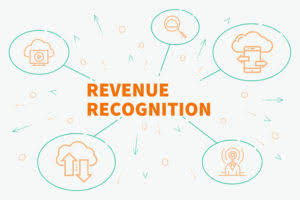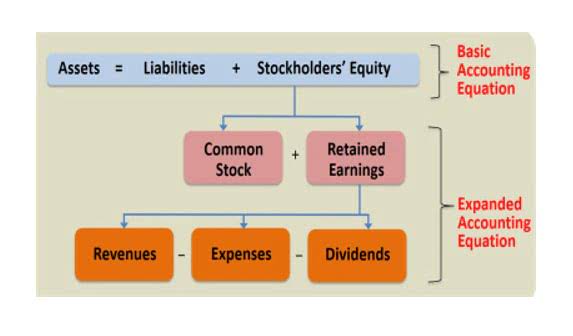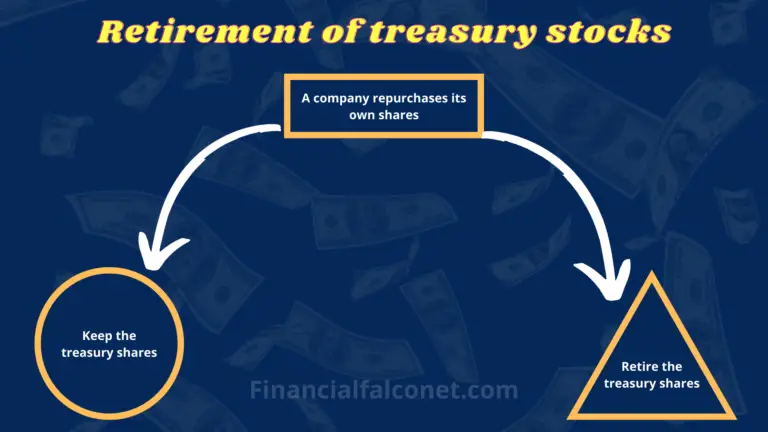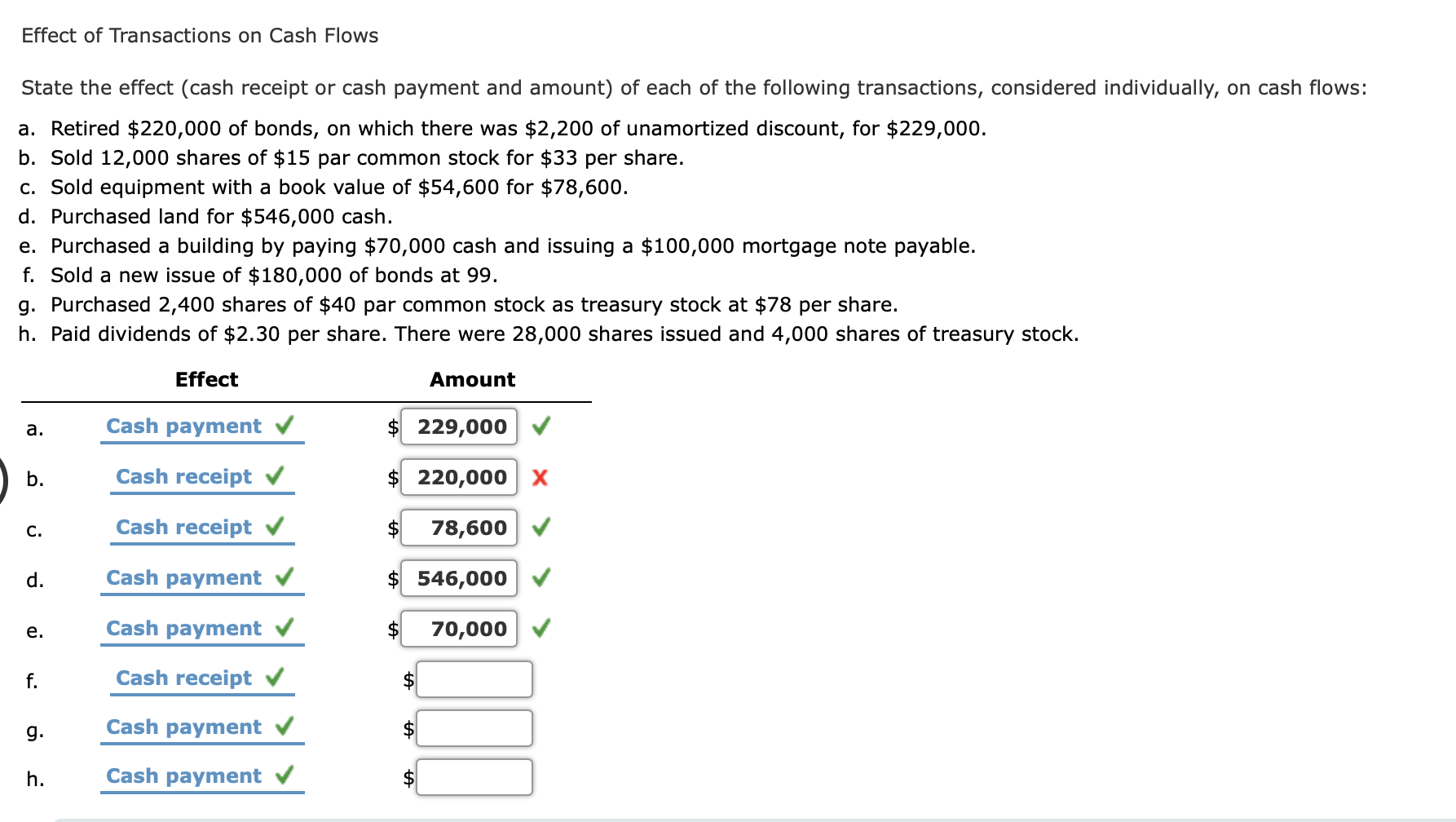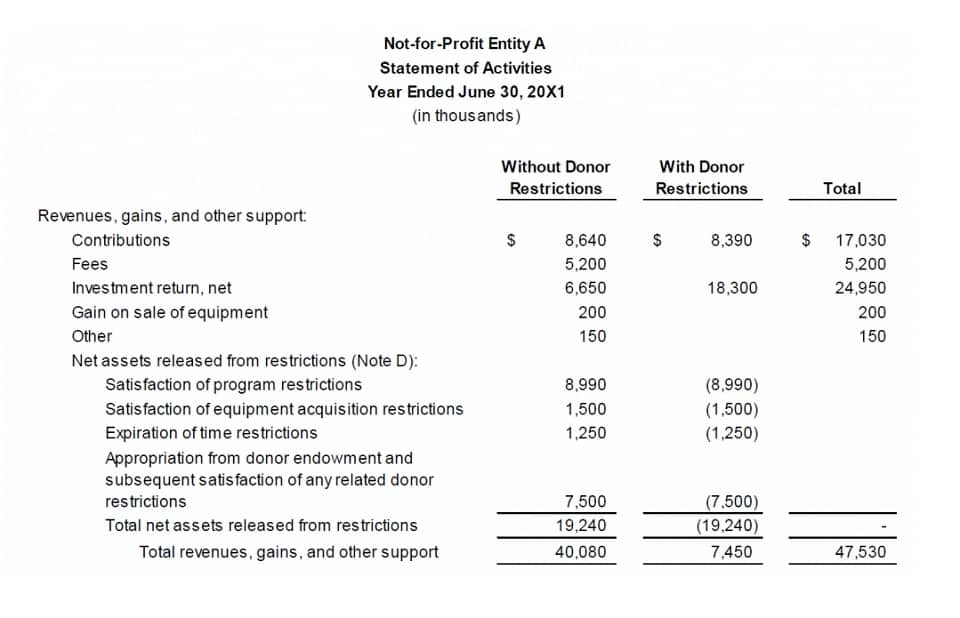Overly optimistic sales projections inflate the MoS, creating a false sense of security. It also assumes costs remain static, ignoring variables like inflation or supply chain disruptions. This formula takes into account your current sales and compares them to your breakeven point to determine the percentage of your margin of safety. A construction company facing material price volatility might aim for a 40% MoS to absorb unexpected cost hikes. Nonprofits use it to ensure fundraising goals exceed minimum operational needs.
Using the Margin of Safety Calculator offers several benefits for investors seeking to protect their investments. Firstly, it provides a quantitative measure of the level of safety in an investment. By calculating the margin of safety, investors can gauge the extent to which a business can withstand adverse conditions or financial setbacks.
- It’s a measurement of a company’s total debt relative to the amount invested by the owners and the earnings that have been retained over time.
- You can work toward your desired financial health by establishing a target margin of safety and tracking your progress.
- For example, a bakery’s MoS dropping from 35% to 15% in six months might need cost cuts or revised budgets.
Margin Of Safety Formula
It is important to note that the calculator’s results should only be used as a guide, not as a final answer. To get a more accurate picture of your company’s financial health, consult with a financial advisor or accountant. It gives you accurate results and lets you figure out your margin of safety quickly and easily. This gives you the information you need to make good decisions and protect your business from possible losses. Knowing your margin of safety can help you make budgets and financial projections that are more accurate. This will assist you in making future plans and ensuring that your business is on the right track.
Market Debt Ratio
In uncertain markets, the Margin of Safety isn’t just a number—it’s peace of mind. The Margin of Safety helps businesses evaluate risk and set realistic goals. A high MoS (e.g., 40%) provides confidence to invest in growth, while a low MoS (e.g., 10%) warns of vulnerability to sales fluctuations. Startups use it to determine funding needs, and investors apply it to identify stable companies with strong downside protection. Enter the estimated value and purchase price into the calculator to determine the margin of safety percentage.
Using our calculator, you can easily find possible risks in your business and take steps to reduce them. It lets you know how your business is doing financially and make decisions to protect it from possible losses. The net profit is the amount of money a business earns after deducting all expenses over a specific period of time. Aim for a MoS aligned with your industry’s norms—30–50% is a common target. Pair it with metrics like cash flow forecasts and profit margins to build a resilient financial strategy.
Margin Of Safety Percentage Calculator
- The Margin Of Safety (MOS) is a measure that shows how much a stock’s price can fall before its earnings become too expensive to justify owning the stock.
- By considering the current sales and break-even sales, this calculator provides a quantitative measure of the margin of safety embedded in an investment.
- This principle, popularized by Warren Buffett, emphasizes buying undervalued assets.
- Additionally, the Margin of Safety Calculator aids in setting realistic expectations and managing risk.
The Margin Of Safety (MOS) is a measure that shows how much a stock’s price can fall before its earnings become too expensive to justify owning the stock. The percentage of your margin of safety is found by comparing your current sales to your breakeven point. If a company’s intrinsic value is $100 per share but trades at $60, the 40% MoS offers protection against market downturns. This principle, popularized by Warren Buffett, emphasizes buying undervalued assets. Low-margin sectors like grocery stores may operate safely at 20%, while high-margin tech firms often target 50%+. To ensure you get the most accurate results, keep your data up-to-date.
If the margin of safety is 1, then the part can withstand load more than its design load. And if the margin of safety is -1, then the part will fail even before reaching its design load. Enter sales, breakeven point and optional sales price per unit for results. Finally, understanding the margin of safety is critical for business management.
The breakeven is accumulated depreciation a current asset point is the point at which a company stops losing money and begins to profit. Current sales are the amount of revenue that a company is currently generating. By using our calculator, you can make sure that all of your employees have access to the same information. This can help them understand the financial situation of your company better and make it more open. Seasonal businesses (e.g., holiday resorts) may see skewed MoS figures.
Additionally, the Margin of Safety Calculator aids in setting realistic expectations and managing risk. By understanding the level of safety in an investment, investors can avoid overpaying for assets or being overly optimistic about future performance. This promotes a disciplined and rational approach to investing, where investors focus on preserving capital and achieving long-term growth. Our margin of safety calculator is a useful tool for any company looking to improve its financial health.
This will let you make decisions based on the current financial situation of your company. It shows how healthy a company’s finances are and how well it can handle changes in the market. Simply put, it is the buffer that a company has in place to protect itself from potential losses. The margin of safety is the difference between a business’s actual sales and its breakeven point.
Margin Of Safety Percentage Formula
A higher margin of safety percentage provides more leeway in adjusting sales targets or absorbing potential downturns. It’s especially important for businesses aiming to ensure stability and mitigate risk. Using our margin of safety calculator is a low-cost way to manage the financial health of your company. It’s a simple tool that can give you useful information without having to pay for expensive financial consulting services. The Margin of Safety is a powerful tool for balancing ambition with financial reality. By quantifying how much sales can drop before losses hit, it guides smarter budgeting, investing, and risk management.
This metric optimal choice of entity for the qbi deduction acts as a financial buffer, helping companies assess risk and plan for uncertainties like market downturns or unexpected costs. A margin of safety calculator is a tool for calculating a company’s margin of safety. It’s a simple and straightforward tool that lets you enter your current sales and breakeven point to quickly calculate your margin of safety.
The Margin of Safety Calculator calculates the margin of safety by subtracting the break-even sales from the current sales and dividing the result by the break-even sales. This formula provides a percentage that represents the buffer or cushion between the actual sales and the minimum sales required to cover costs. The higher the margin of safety percentage, the greater the protection against unexpected downturns or unforeseen challenges in the business. return on capital employed meaning The Margin of Safety (MoS) measures the gap between a company’s projected (budgeted) sales and the minimum sales needed to break even. It shows how much sales can fall short of expectations before the business incurs losses.
The margin of safety calculator uses a business’s current sales and breakeven point to figure out what percentage of its margin of safety it has. You can work toward your desired financial health by establishing a target margin of safety and tracking your progress. This can improve your company’s financial performance, resulting in increased profitability and stability.
In addition to the calculation, our calculator includes a reset button, which allows you to clear all input fields and start over. You can calculate the break-even point using our break-even point calculator. Our calculator is mobile responsive, which means it can be used on any screen size or device. Welcome to Numerion, where we make complex equations accessible and learning enjoyable.
For example, if a company budgets $1 million in sales but only needs $700,000 to break even, its Margin of Safety is 30%. This means your sales can drop by 40% before reaching the break-even point. It lets you quickly figure out your margin of safety, which shows you how healthy your finances are. It’s a measurement of the net cash generated from the core functions of a company within a specified time period. It’s a measurement of a company’s total debt relative to the amount invested by the owners and the earnings that have been retained over time.


